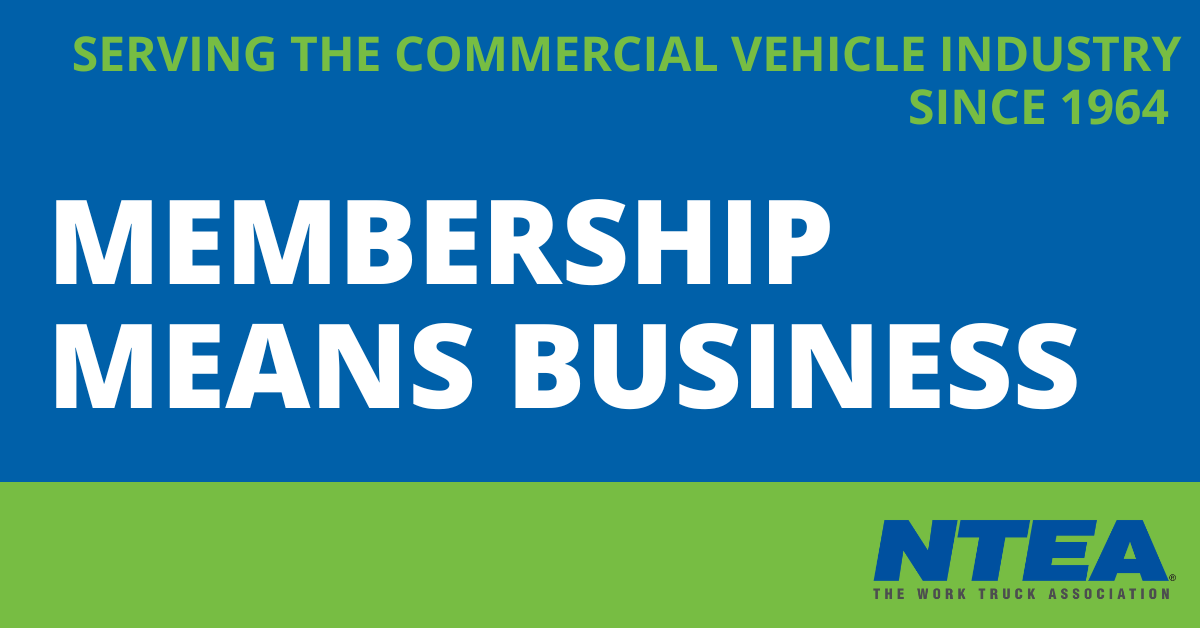Once your company joins NTEA, every employee has access to the many benefits of membership.

Technical & Engineering Resources
NTEA's technical services department provides in-depth solutions and information regarding commercial vehicle technical and engineering issues.
Federal Excise Tax (FET) Resources
Federal Excise Tax issues can be complex. So NTEA provides the work truck industry with FET articles and information on commercial trucks, tractors and trailers.
Vehicle Certification Resources
Vehicle certification involves more than putting a label on a work truck, and NTEA helps work truck industry companies get what they need for proper certification.
Market Data
NTEA is a leader in providing relevant and valuable industry statistics and interpretation of market data and trends which affect the work truck industry.
Advocacy
NTEA is committed to protecting and advancing members’ interests by actively working with Congress, the White House, Parliament and federal agencies. The Association works to ensure fair representation regarding all legislative and regulatory issues.
Fleet Resources
NTEA supports commercial truck fleets with tools, resources and information on vehicle life cycle cost, risk mitigation, productivity and engineering guidelines, vehicle spec'ing and design, and more.
Business Distinction
NTEA's Member Verification Program (MVP) recognizes companies in the work truck industry that have outstanding business practices and have successfully implemented quality standards.
Partnerships & Business Solutions
Through key partnerships, NTEA offers the industry a wide range of services and solutions to enhance business and customer relations. NTEA members receive discounts on many of these programs.